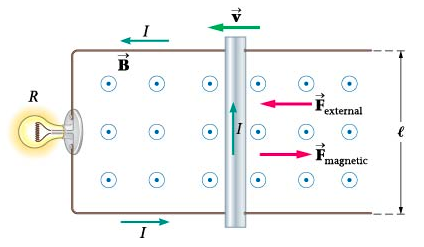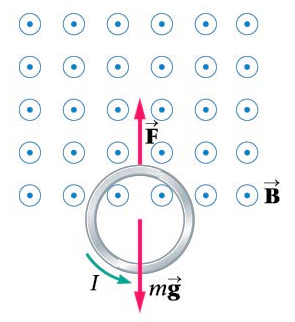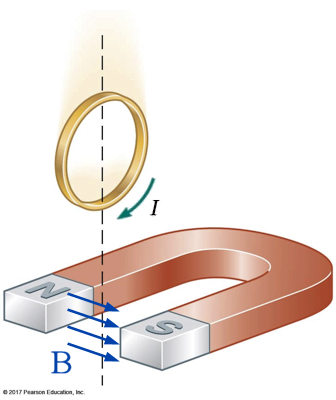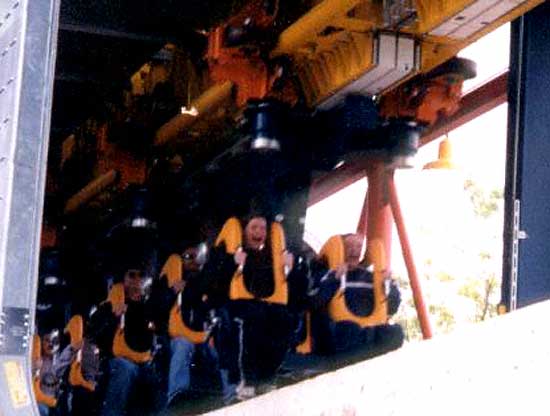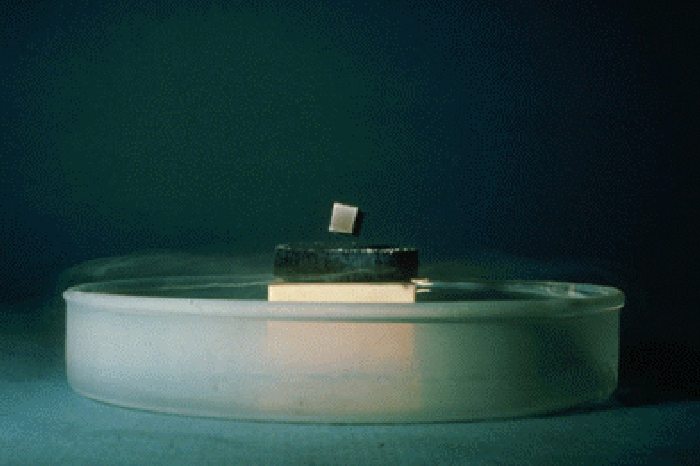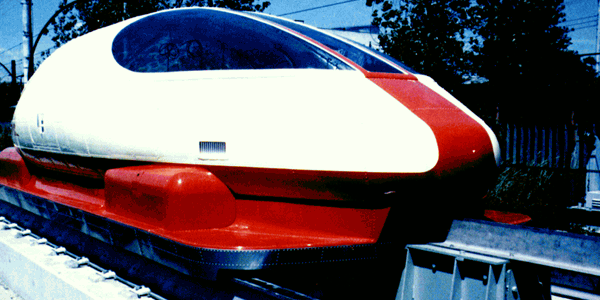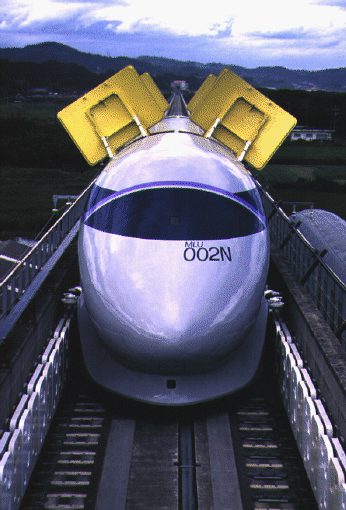- steady field & stationary charges
- definition
- demonstrations

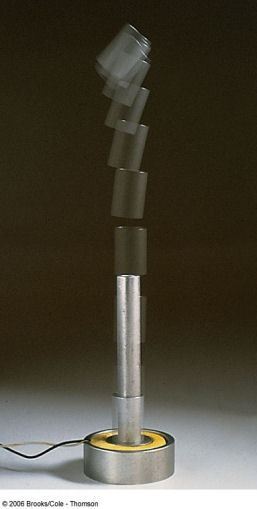
- definition
- Mechanical Universe video
- demonstrations
- jumping ring
- rail guns
- roller coaster photo
- mystery tube (eddy currents)
falling magnet
pendulum - superconductor levitation photo
- magnetic levitation train photos
Example #3
Example #4
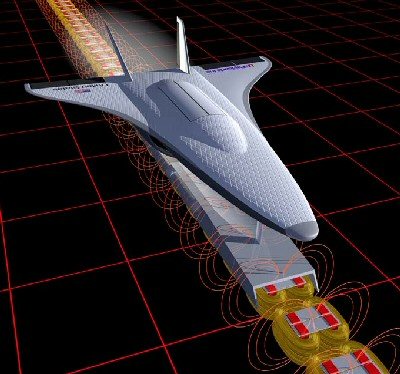
A student who masters the topics in this lecture will be able to:
- describe the electromotive force (emf) induced in a wire loop in terms of the change in magnetic flux through the loop
- use algebra to find the emf ℰ, change in magnetic flux ΔΦ, or time interval Δ t when any two of these quantities are given
- predict the direction of induced current by application of Lenz's law

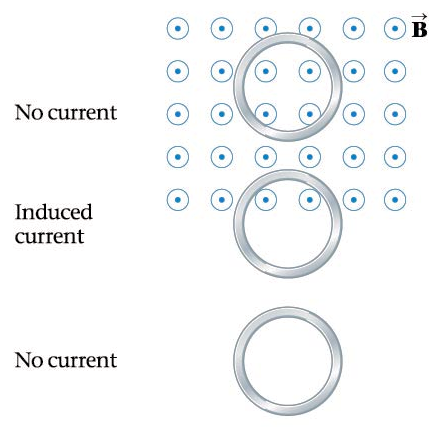
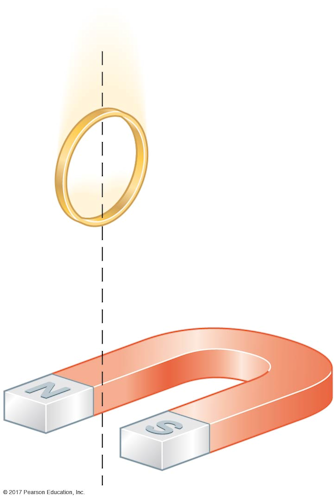 A. clockwise
A. clockwise